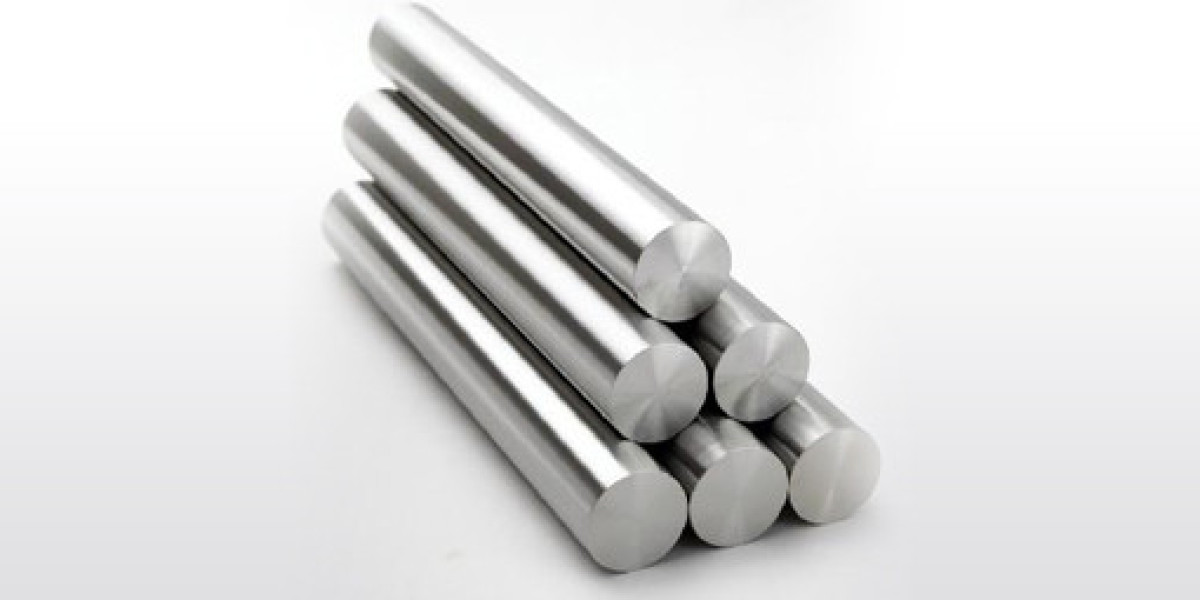Mechanical seals are critical components used in various industries to prevent leakage of fluids (liquids or gases) from rotating equipment such as pumps, compressors, and mixers. These seals consist of stationary and rotating components that form a barrier between the rotating shaft and the housing of the equipment.
Mechanical seals manufacturer involves several precise steps to ensure they meet the required specifications for sealing applications.
Here's a general overview of the manufacturing process:
1. Material Selection: The process begins with selecting appropriate materials based on the application requirements. Common materials for mechanical seals include metals like stainless steel for structural components and faces, and elastomers such as rubber or polytetrafluoroethylene (PTFE) for sealing elements.
2. Component Fabrication:
○ Primary Ring and Seal Faces: The primary sealing faces are typically manufactured using precision machining techniques. This involves turning or grinding processes to achieve the required dimensions and surface finish.
○ Secondary Sealing Elements: Other components such as secondary sealing elements (like O-rings or elastomer seals) are fabricated separately using molding or extrusion processes.
3. Assembly:
○ The main assembly of mechanical seals involves fitting together the primary ring, secondary sealing elements, and other necessary components such as springs and gaskets.
○ Assembly is done in a controlled environment to prevent contamination and ensure proper alignment of all components.
4. Testing and Quality Control:
○ Each mechanical seal undergoes rigorous testing to ensure it meets performance standards. Tests may include pressure tests to check for leaks, endurance tests to simulate operational conditions, and dimensional checks to verify tolerances.
○ Quality control measures are implemented throughout the manufacturing process to maintain consistency and reliability of the seals.
5. Packaging and Delivery:
○ Once tested and approved, the mechanical seals are packaged securely to prevent damage during transportation and storage.
○ They are then shipped to customers or distribution centers for further distribution.
The manufacturing process for mechanical seals requires precision engineering and adherence to specific standards to ensure the seals perform reliably in demanding industrial and automotive applications.






